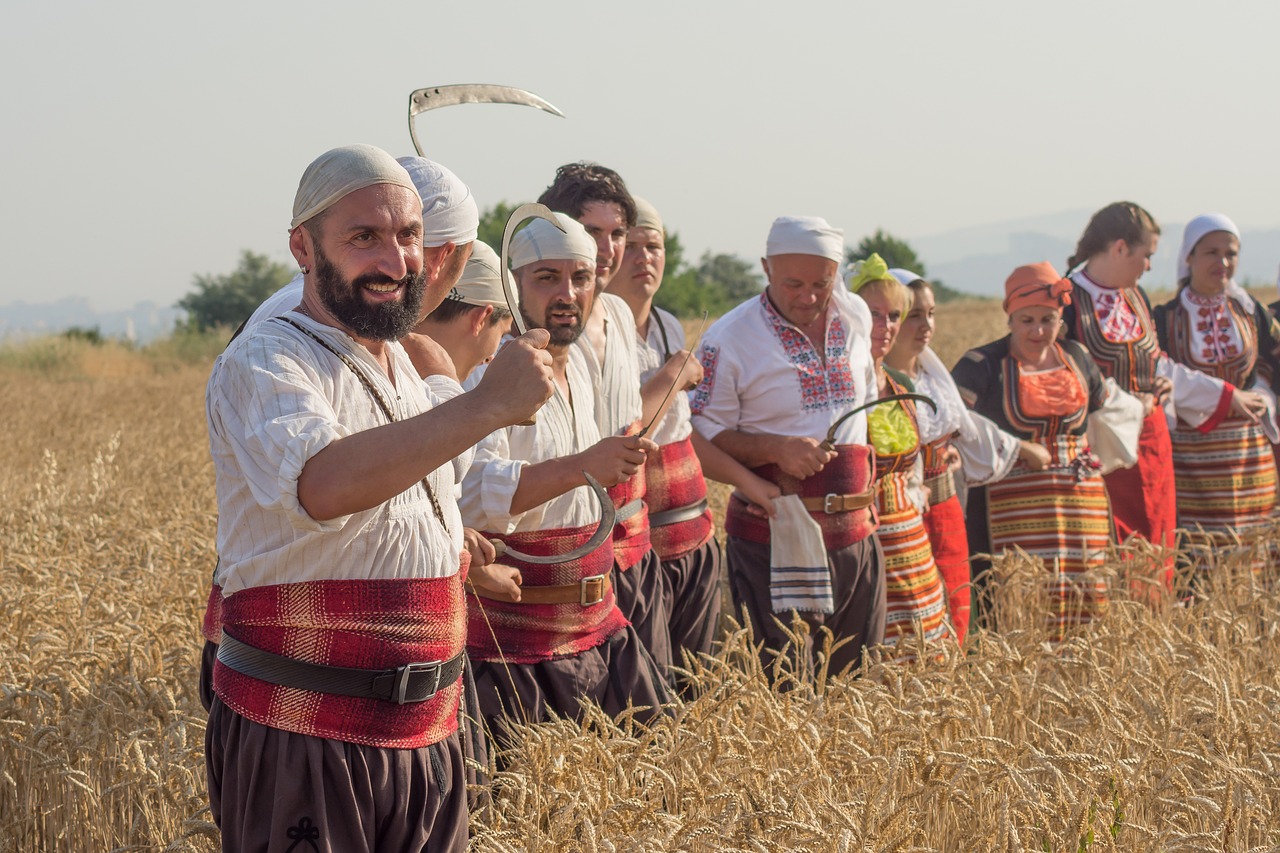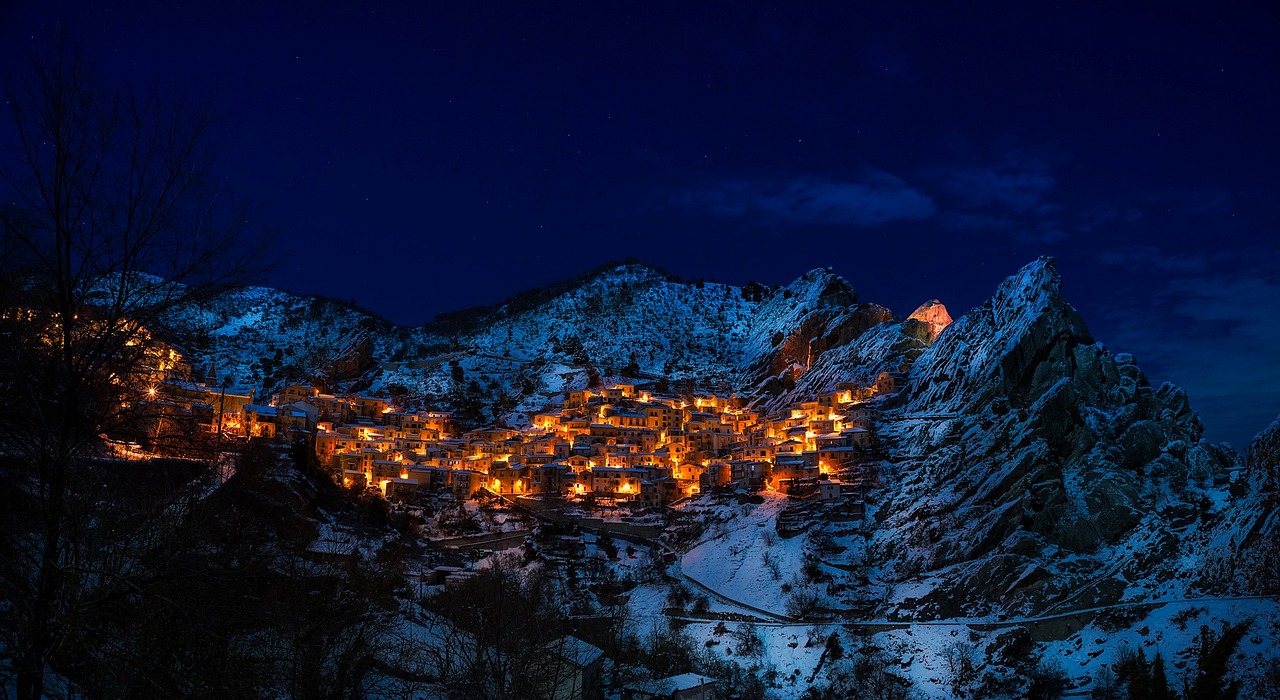In a world filled with chaos and uncertainty, there exists a haven of tranquility and spiritual solace. Nestled on the banks of the Iskar river, Cherepishki Monastery stands as a testament to the enduring power of faith and devotion.
Its history is steeped in the tales of battles fought and lives lost, yet it has risen above the ashes to become a beacon of enlightenment. Built during the reign of tsar Ivan Shishman, the monastery earned its name from the bones of fallen warriors. Restored by the revered St. Pimen Zografski, it evolved into a literary and spiritual center, leaving an indelible mark on Bulgarian culture. The monastery’s architectural features are a sight to behold, from the two-storey ossuary to the residential buildings and the Rashid building, funded by a generous Turk.
Preserving wall paintings from centuries past, Cherepishki Monastery stands as a testament to the rich heritage of Bulgaria. It even boasts a dedicated area for the renowned poet Ivan Vazov. As an operating male monastery, it welcomes visitors from all walks of life, offering accommodation and the opportunity to immerse oneself in its serene ambiance.
Escape the constraints of the modern world and find solace in the embrace of Cherepishki Monastery. Discover the beauty of the Iskar river, the allure of Bulgarian history, and the serenity that comes from connecting to something greater than oneself. Visit this spiritual haven and experience the freedom that can only be found in the depths of the soul.
Key Takeaways
- Cherepishki Monastery is located 29 kilometers southeast of Vratsa, at the bank of the Iskar river.
- The monastery was built during the reign of tsar Ivan Shishman and is named after the bones of those who died in a battle.
- It was restored by St. Pimen Zografski and became a literary and spiritual center, with the famous Four Cherepish Gospels created in 1612.
- The monastery offers accommodation, has preserved wall paintings from the 16th-19th century, and has an area dedicated to the national poet Ivan Vazov.
Location and History
Cherepishki Monastery, situated 29 kilometers southeast of Vratsa along the Iskar river, was constructed during the reign of tsar Ivan Shishman and is renowned for its historical significance as a literary and spiritual center.
The monastery holds great significance in Bulgarian literature and has played a vital role in the development of the country’s cultural heritage. It has served as a hub for literary and spiritual activities, attracting scholars, writers, and artists throughout the centuries.
The monastery’s establishment and subsequent restoration by St. Pimen Zografski have transformed it into a place of intellectual and religious pilgrimage.
Notably, the famous Four Cherepish Gospels, created in 1612, are a testament to the monastery’s contribution to Bulgarian literature.
With its rich history and cultural importance, Cherepishki Monastery stands as a spiritual haven and a symbol of national pride.
Architectural Features
Nestled amidst the tranquil embrace of nature’s flowing currents, the architectural marvels of this sacred abode reflect the deep-rooted devotion and artistic prowess of its creators. Cherepishki Monastery boasts a plethora of symbolic artwork, each with its own religious significance. The monastery’s wall paintings, dating from the 16th-19th century, showcase the mastery of the artists who adorned the temple with intricate and vibrant depictions of biblical scenes and saints. These paintings not only serve as aesthetically pleasing decorations but also offer spiritual guidance to the monastery’s visitors. Moreover, the two-storey ossuary, built in 1784, stands as a testament to the reverence for the departed souls. Its location, within the cliffs above the monastery, adds to its solemn ambiance. Together, these architectural features create a haven of spirituality and artistic beauty that captivates the hearts and minds of all who visit Cherepishki Monastery.
| Symbolic Artwork | Religious Significance |
|---|---|
| Wall Paintings | Depict biblical scenes and saints, providing spiritual guidance |
| Ossuary | Honors the departed souls with reverence and solemnity |
Visitor Information
Located approximately 29 kilometers southeast of Vratsa, the Cherepishki Monastery offers a wealth of visitor information for those seeking to explore its historical and cultural treasures.
The monastery provides accommodation options for visitors who wish to extend their stay and immerse themselves in the spiritual atmosphere.
The monastery can be reached by car from Sofia through the Iskar gorge, or by following the road to Mezdra.
Once at the monastery, visitors can explore the various architectural features, including the two-storey ossuary and the residential buildings built in 1836.
Guided tours are available in Bulgarian language, providing a deeper understanding of the monastery’s history and significance.
It is important to note that the monastery is open from 08.00 to 20.00 throughout the year, allowing visitors flexibility in planning their visit.
Frequently Asked Questions
What are the famous Four Cherepish Gospels?
The famous Four Cherepish Gospels, created in 1612, are of great importance. They hold historical and cultural significance, providing insights into the religious practices and beliefs of the time.
Who was St. Pimen Zografski and what role did he play in the restoration of Cherepishki Monastery?
St. Pimen Zografski played a significant role in the restoration of Cherepishki Monastery. He transformed it into a literary and spiritual center. The monastery also has an area dedicated to the national poet Ivan Vazov and offers accommodation. Nearby attractions include the Ethnographic Museum in Berkovitsa, the Clock Tower in Botevgrad, Ritlite Natural Landmark, Temnata Dupka cave, and St. Nikolas Monastery in the village of Skravena.
What is the significance of the ossuary built in the cliffs over the monastery?
The ossuary built in the cliffs over Cherepishki Monastery holds significant historical and cultural value. It serves as a testament to the monastery’s restoration and preservation efforts, providing a unique and sacred space for the remembrance of those who have passed.
Who was Ivan Vazov and why is there an area dedicated to him in the monastery?
Ivan Vazov was a prominent Bulgarian poet and novelist who made significant contributions to Bulgarian literature. The area dedicated to him in the Cherepishki Monastery highlights his literary achievements and his impact on Bulgarian culture. Additionally, the influence of St. Pimen Zografski in the Bulgarian Orthodox Church is also acknowledged.
What other popular tourist attractions are recommended to visit near Cherepishki Monastery?
Near Cherepishki Monastery, other popular tourist attractions to visit are the Iskar Gorge and the Karlukovo Karst Complex. These attractions offer scenic landscapes and unique geological formations, providing visitors with a memorable experience in nature.











